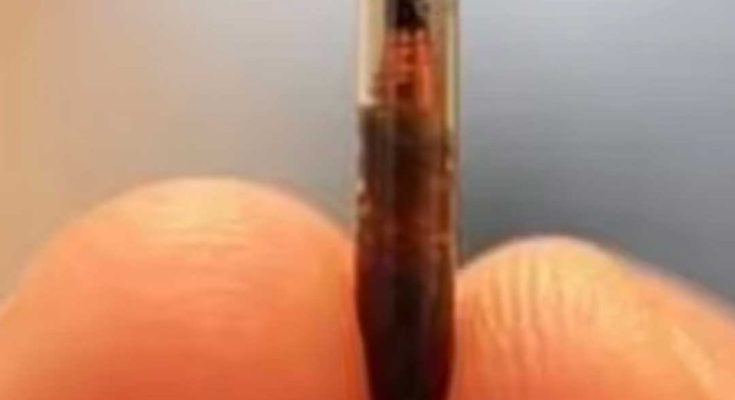
Imagine sitting down to enjoy a hearty meal, only to find an unexpected object nestled against your meat. This was my experience recently, and it left me puzzled and concerned. The object was small, flat, and seemed to be attached to the meat, but not embedded within it. My initial reaction was one of alarm and curiosity—what could this be, and how did it end up in my food?
Understanding RFID Trackers in the Food Industry
Radio Frequency Identification (RFID) technology is increasingly used in various industries, including food production and distribution. These small devices are designed to track and manage inventory, ensuring that products are efficiently monitored from production to sale. In the food industry, RFID tags can help maintain supply chain integrity, track the origin of products, and ensure quality control.
Why RFID Trackers Are Used in Meat Products
RFID trackers in meat products serve several critical purposes. They allow producers and retailers to trace the journey of meat from farm to table, ensuring transparency and accountability. This technology helps in maintaining the freshness of the product, managing recalls efficiently, and preventing food fraud. By using RFID tags, companies can provide consumers with detailed information about the meat’s origin, processing, and distribution.
Identifying an RFID Tracker: What to Look For
RFID trackers are typically small, flat, and often encased in a protective material. They may resemble a sticker or a thin plastic tag and are usually attached to packaging or directly to the product. If you find an unfamiliar object in your food, inspect it closely. An RFID tag might have a small chip or antenna visible, and it may carry a serial number or barcode.
Steps to Take If You Find an RFID Tracker in Your Food
If you discover an RFID tracker in your food, it’s essential to remain calm and take the following steps. First, document the finding by taking photos and noting any identifying information on the tag. Contact the store or manufacturer where you purchased the product to report the issue and seek clarification. They can provide insights into why the tracker was present and what actions to take next.
Potential Health and Safety Concerns
While RFID tags are generally safe, their presence in food can raise health and safety concerns. These tags are not meant to be ingested, and accidental consumption could pose risks, especially if the tag is damaged or contains harmful materials. It’s crucial to handle the situation carefully and consult with medical professionals if ingestion occurs.
Contacting Authorities and Food Safety Organizations
In cases where the presence of an RFID tracker in food seems suspicious or poses a health risk, contacting relevant authorities is advisable. Reach out to local food safety organizations or health departments to report the incident. They can investigate the matter further and ensure that food safety standards are upheld.
Conclusion: Ensuring Food Safety and Peace of Mind
Finding an unexpected object in your food can be unsettling, but understanding the role of RFID trackers can provide some reassurance. These devices play a vital role in maintaining food safety and quality control. However, it’s essential for consumers to remain vigilant and report any irregularities to ensure that food safety standards are consistently met. By doing so, we can all enjoy our meals with greater peace of mind.



